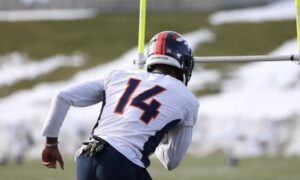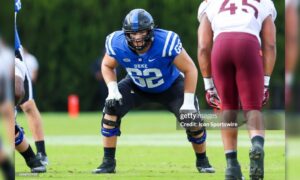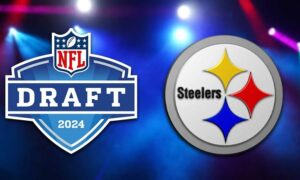On the heels of the conclusion of the 2015 NFL Draft, I began to realize the need to enhance my understanding of each team’s draft history; what they’ve built or attempted to build over the past ten years and how they’ve went about that process.
This may seem tedious to you, the reader, but I think as analysts of a great game, it can be hard to criticize or praise a team without understanding the full context of how their roster and positional depth has been constructed. For example, the New York Jets and the Buffalo Bills are often ridiculed heavily for their drafting incompetence at the quarterback position, but while often grouped together, a review of their past 16 classes suggest two vastly different front office mindsets. The Jets have spent an incredible 12 picks on quarterbacks (by far the most in the AFC), while the Bills have used just four selections on signal callers over the same time period. So two teams that have had similar results at the quarterback position since 2000, but have attempted to address those issues in vastly different ways.
Similar comparisons can be made in the AFC North, a process which we began to endeavor upon with an examination of each team’s offensive and defensive draft classes over the past ten years. Today we will look at all four team’s selections from 2006-2015 at running back, before moving on to the wide receiver position tomorrow.
Running Backs
Baltimore Ravens: 10
Cleveland Browns: 9
Cincinnati Bengals: 8
Pittsburgh Steelers: 8
If there is a position that I think the Ravens have gotten a little trigger-happy at over the past ten years, it might be running back. The team is enamored with running backs in the fourth round, using five of their middle round selections on the position since 2006. Baltimore’s desire to feature a dominant ground game has resulted in some overkill, particularly in the drafting of too many mid-round fullbacks, but it is difficult to argue with the results. While 2013 represented plenty of concern for the team’s rushing offense, the emergence of FA signee Justin Forsett alleviated such worries in 2014. Baltimore has had some misses amongst their multitude of running back selections, but at least they’ve placed proper value on the position. Jamal Lewis (2000) remains the only first round running back selected in Ravens history.
However the Browns currently draft at the running back position may be overshadowed by their selection of Trent Richardson at #3 overall in 2012 for a long time, but the team appears to be righting their wrongs with a pair of quality third round picks in Terrance West and Duke Johnson the past two years. Nevertheless, missing badly on Richardson and 2010 second-rounder Montario Hardesty in recent drafts have taken their toll, as the Browns have struggled to find consistency in their rushing attack over the past decade. If the team has truly righted the ship, the resulting production could be crucial in taking pressure off Johnny Manziel at quarterback.
After a dreadful run at drafting running backs in the mid-recent 2000s, the Bengals appear to finally be on the right track at the position after landing second rounders Giovani Bernard and Jeremy Hill in the past two classes. Cincinnati’s last first round pick at the position was Chris Perry in 2004, a 3.4 yards-per-carry, nine-start, unmitigated disaster that never developed, undoubtedly causing the team to re-assess the value they place on the position. The Bengals hasn’t spent a 3rd-5th round selection on the position since 2003, but Cincinnati has gone to the well in the 2nd round three times over the same time span.
Rashard Mendenhall joins Richardson as the only first round running backs selected by AFC North teams in the past ten years, but his career (for one reason or another) was curiously short-lived. Pittsburgh has reeled in plenty of duds at the position since 2006 (since before the turn of the century really), but the acquisition of the dynamic Le’Veon Bell in 2013 could be the sweet end to a bitter process. You’ll rarely see Pittsburgh reach for a running back in the draft, as Mendenhall was the only 1st-4th round running back selected by Pittsburgh since 1999 (Amos Zereoue) before Dri Archer and Bell entered the fold in the past two classes.








